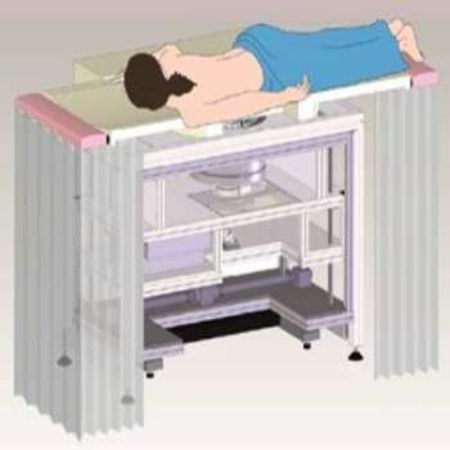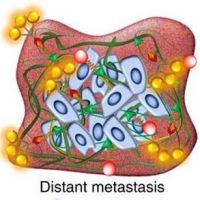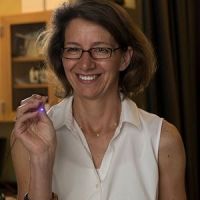Scientists at the research Institute MIRA at the University of Twente in the Netherlands have developed PAMmograph, a new technique to detect breast cancer. PAMmography is based on the physical principle of photoacoustics and uses short bursts of light that cause ultrasonic waves to be generated in places with high density of blood vessels. Details of the technique are published in the journal Scientific Reports.
The first clinical prototype of PAMmography was initiated approximately 15 years ago. In this new research, the scientists demonstrate that PAMmography can reveal the presence of breast tumours in practice.
The team investigated breast tumours in a population of 32 patients, and used this new method. They compared the PAMmography images with MRI images and with microscope images after the tumour had been removed and then stained with dyes. They were able to distinguish among three different manifestations of the tumours.
Lead Researcher and Associate Professor Srirang Manohar, believes this is an important first step in establishing diagnostic indicators when using PAMmogram images.
The study showed that PAMmography scored well as compared to the MRI indicating that the technique has the potential to be used in future practice. PAMmography offers several advantages. First and foremost, PAMmograms are cheap and painless. They do not require any contrasting dyes and can enable the detection of breast tumours in young breast tissue. Manohar is confident that PAMmography can play an important role in the area of detection (screening), diagnosis, monitoring tumours during chemotherapy and in the detection of breast cancer in young women.
However, he does caution against premature optimism regarding the technique.“Our method is relatively new, while MRIs and mammograms, for example, have undergone decades of development time. We still have lots of research to do to demonstrate the reliability of our technique. In an optimistic scenario, our method can be used in niche areas in approximately 5 to 10 years. But it could take longer before the method can be used regularly for screening and diagnosis."
Source: University of Twente
Image Credit: University of Twente



























